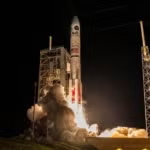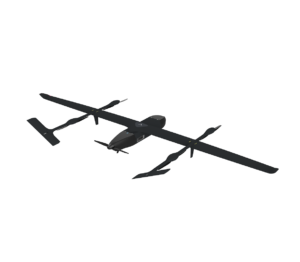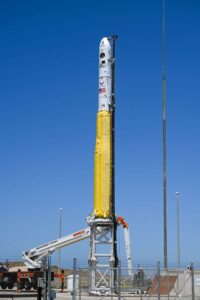
COLORADO SPRINGS, Colo.--Cooperation across borders was one of the main themes of the space agency leaders panel Tuesday here at the 33rd Space Symposium.The speakers, representing agencies from countries across the globe, outlined some of their plans and concerns for the short-term future — but each stressed that progress can only be made with assistance from international allies. Jean Yves Le Gall, president of the French space agency Centre National d’Etudes Spatiales (CNES), noted France’s long-standing tradition of cooperation with…













